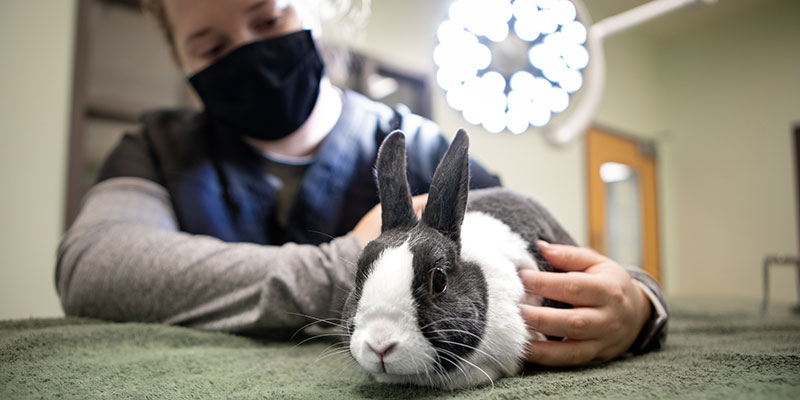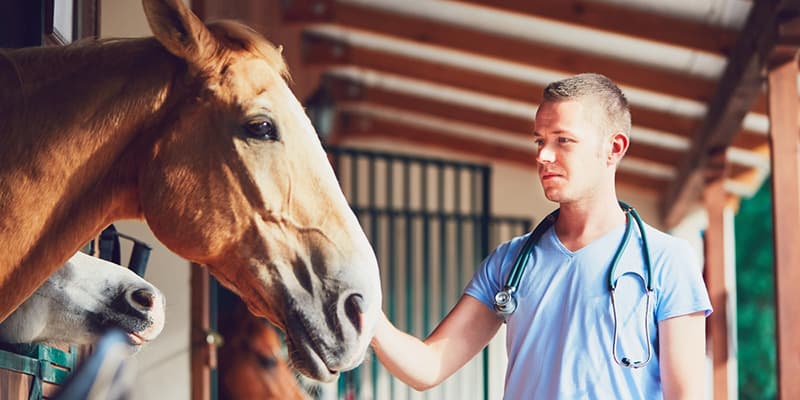About the bachelor’s degree in veterinary technology
Become a leader in the fast-growing field of animal care.
If animals are your passion, consider a career as a veterinary technologist – one of the fastest-growing occupations in Pennsylvania and across the United States.
The bachelor’s degree in veterinary technology at PennWest California equips you with the knowledge, practical skills and confidence to enter the field as a “vet tech” with specialized training in fields such as small- or large-animal care, laboratory animal management, or shelter medicine.
You’ll gain hands-on experience caring for animals while this accredited four-year, on-campus program prepares you for leadership in the workplace.
Graduates are ready for vet tech careers in settings that range from animal hospitals and humane societies to laboratories and research facilities. The B.S. in veterinary technology also qualifies you for jobs with veterinary practices and organizations, such as the U.S. Department of Agriculture, that require a bachelor’s degree.
Promote animals’ well-being as part of a veterinary medicine team.
The four-year veterinary technology bachelor’s degree builds on PennWest California’s vet tech associate degree. In addition to the coursework, hands-on training and 240 hours of clinical experience required for entering the profession, bachelor’s degree students choose electives in the specialty they prefer and complete an advanced clinical experience.
You’ll study elements of veterinary science including animal anatomy, behavior and diseases, as well as practice management, recordkeeping and laws pertaining to animal care. Through laboratory and clinical experiences, you’ll learn best practices for animal handling, as well as veterinary surgery, dentistry, radiology, pharmaceuticals, and anesthesia and pain management.
Three required courses – Case Studies in Veterinary Medicine, Contemporary Issues in Veterinary Medicine and the Specialty Clinical Experience – help you determine an area of focus. Elective courses build specialized knowledge of topics such as:
- Shelter medicine.
- Animal reproduction.
- Animal behavior.
- Zoonotic diseases.
At PennWest California, veterinary technology students work with dogs, cats, rats and rabbits that are housed in state-of-the-art facilities on campus. Additional learning occurs in animal exam areas, a clinical laboratory equipped with diagnostic and imaging equipment, and a surgical nursing suite.





